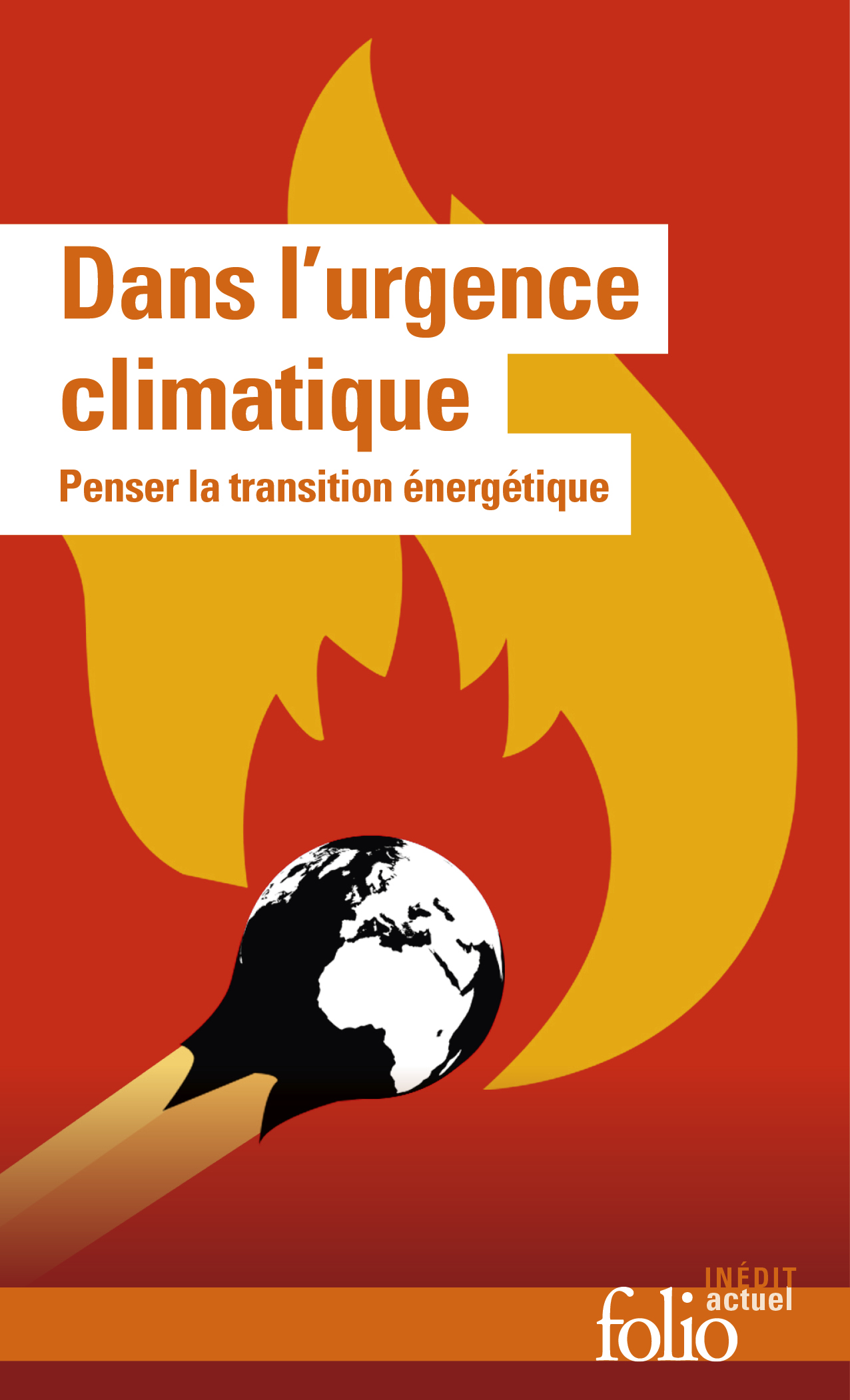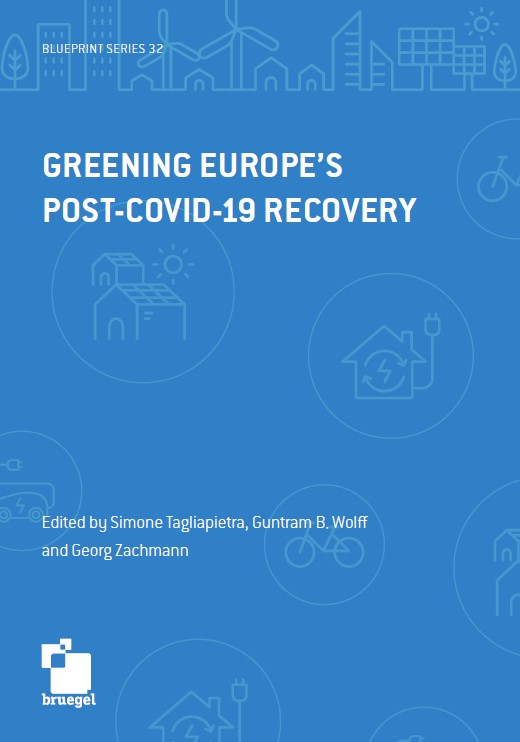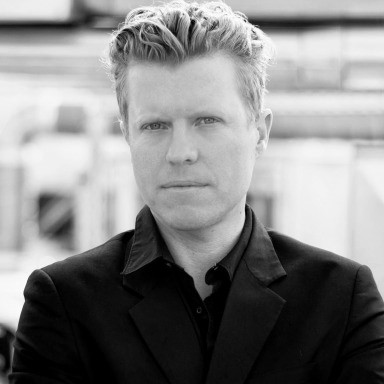Blog Post
COP21: Climate action needs a new global architecture
A strong political momentum on climate action has arisen worldwide on the way to Paris. However private and public investors will only conduct the necessary long-term investments if COP21 manages to put in place a sustained political commitment of all relevant parties to the 2°C pathway. Such a commitment requires a new global architecture for climate action.
A version of this article was also published in Tagesspiegel.
![]()
On November 30 the 21st Conference of the Parties (COP21) to the United Nations Framework Convention on Climate Change (UNFCCC) will finally start in Paris.
COP21 is supposed to deliver a new universal climate agreement that is applicable to all countries, with the aim of keeping the rise in global average temperatures below 2°C relative to pre-industrial levels.
In order to keep global average temperatures below this threshold, considered by the Intergovernmental Panel on Climate Change (IPCC) as the global warming limit to avoid serious consequences such as extreme climate events, climate experts estimate that by 2050, global greenhouse gas (GHG) emissions need to be reduced by 40-70% compared to 2010, and carbon neutrality (zero emissions) needs to be reached by the end of the century.
Strong political momentum on climate action has arisen worldwide on the way to Paris. For the first time, more than 170 countries (representing more than 90% of global emissions) already made pledges to reduce their greenhouse gas (GHG) emissions by formally submitting their Intended Nationally Determined Contributions (INDCs). These documents detail what post-2020 climate action countries intend to take under a new international agreement, both in terms of adaptation and mitigation. These INDCs represent the foundation of COP21.
If successful this will mark a Copernican revolution that turns climate policy on its head and shifts the centre of gravity in the climate universe. In the Kyoto protocol, a milestone in international climate negotiations, binding GHG emissions reduction targets were exclusively applied to industrialized countries (which represented more than half of the emissions in 1997). In 2015 China is on the way to surpass the entire OECD’s emissions, which now represent about a third of global emissions. So the centre of gravity is shifting and the necessary Copernican revolution of COP21 is to acknowledge this shift and draw the necessary conclusions. In parallel to this revolution is another historical switch, from the top-down approach adopted in Kyoto to a new bottom-up approach, mainly represented by the INDCs.
In this context, COP21 does represent a unique opportunity to make a great leap forward to tackle climate change. However, the current INDCs are still not sufficient to put the world on the 2°C pathway. In fact, the UNFCCC estimates that the INDCs imply an increase of temperature by 2.7°C and 3.5°C by the end of the century. This is in line with other estimates, e.g. the Joint Research Centre of the European Commission projects a 3°C increase.
As also suggested by the International Energy Agency, COP21 will have to translate the established 2°C climate goal into a solid collective long-term emission goal, with shorter-term targets that are consistent with the long-term vision. Such targets would provide investors – especially in the energy sector – with clearer foresight to adopt a low carbon pathway. This will be crucial, as the International Energy Agency estimates that 13.5 trillion USD will have to be invested between 2015 and 2030 in low-carbon energy technologies.
But private and public investors will only conduct the necessary long-term investments if COP21 manages to put in place a sustained political commitment of all relevant parties to the 2°C pathway. Such a commitment requires a new global architecture for climate action. This new architecture should be based on the two following pillars:
- A mechanism to regularly assess (and ideally enforce) national commitments;
- A system to increase the level of ambition over time so that the long-term 2°C goal can factually be achieved even starting from the current, still insufficient, INDCs.
Achieving such a pragmatic solution will still be faced with many political hurdles. All countries will protect their national interests by trying to obtain as many concessions as possible (in terms of finance, technology transfer) by relinquishing as little giveaways as possible (in terms of mitigation obligations, finance, technology transfer, national sovereignty). And negotiations will take place in more economically and politically tense times than Kyoto.
But achieving a global deal will not be easier in the future. The window for containing global warming to a level that runs little risk of spiraling out of control is rapidly closing.
Republishing and referencing
Bruegel considers itself a public good and takes no institutional standpoint. Anyone is free to republish and/or quote this post without prior consent. Please provide a full reference, clearly stating Bruegel and the relevant author as the source, and include a prominent hyperlink to the original post.









